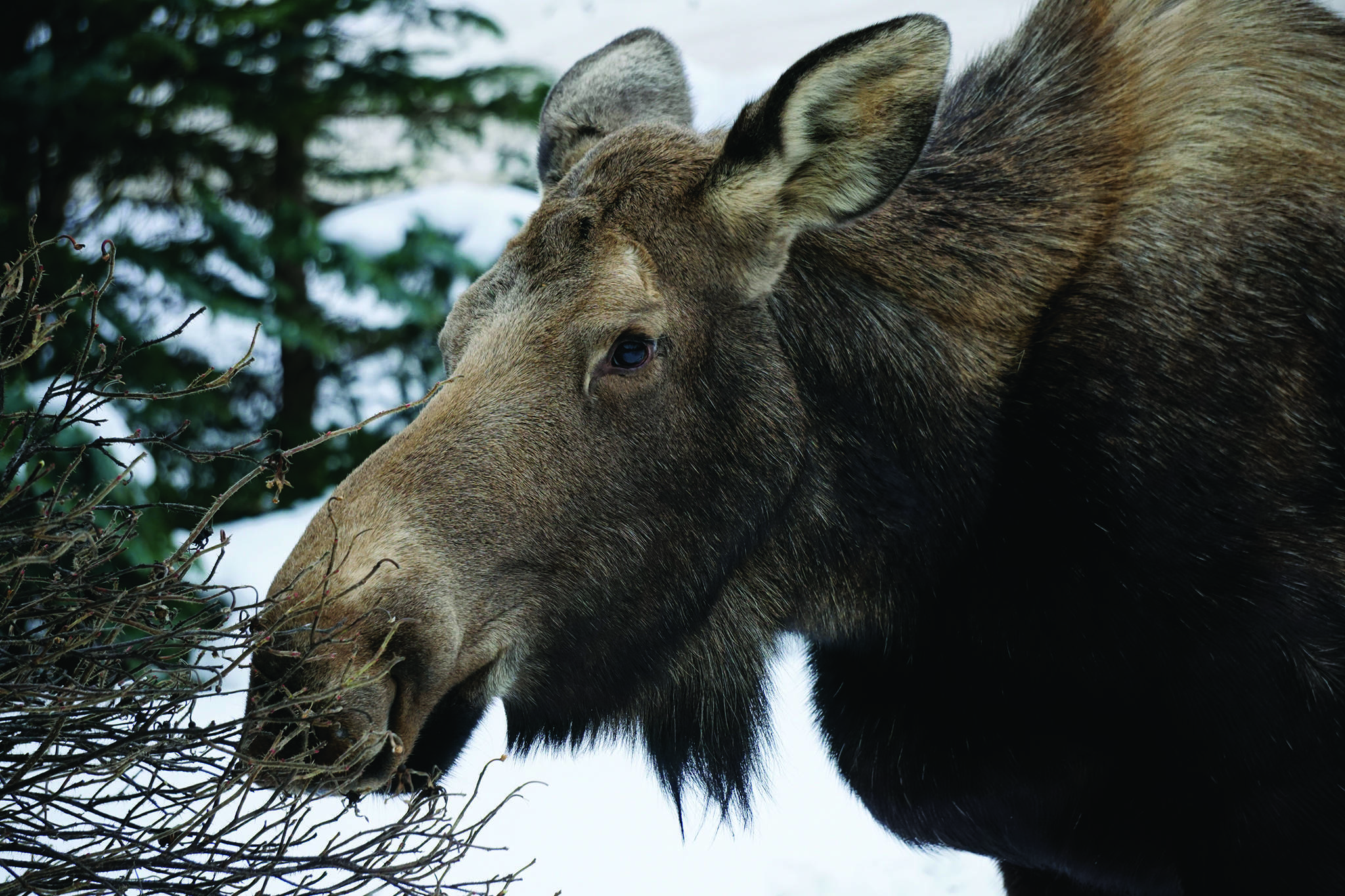Thank you to the dedicated professionals working to keep Alaska wild and free from invasive species!
The Kenai Peninsula Cooperative Weed Management Area (KP-CWMA) has a strong history of preventing the spread of non-native, invasive plants throughout the peninsula. Plants that have taken over roadsides and neighborhoods in other regions of the state, such as bird vetch (vicia cracca), white sweet clover (Melilotus alba), creeping thistle (Cirsium arvense) and knapweeds (Centaurea spp.) have been detected, controlled and eradicated early on the Kenai, preventing populations from overtaking native habitat that support our moose and salmon populations.
The successes on the Kenai Peninsula are due to a handful of dedicated professionals who have made early detection and rapid response of invasive species a priority. Several of these folks have recently retired or changed jobs and deserve recognition for their efforts. On behalf of the KP-CWMA, it is with deep gratitude that we thank the following individuals: John Morton (Kenai National Wildlife Refuge), Janice Chumley (Cooperative Extension Service Soldotna); Jennifer Hester (Kenai Watershed Forum & Cooperative Extension Service); and Betty Charnon (Chugach National Forest).
Currently, in the Lower 48 states, invasive species are estimated to cost $140 billion in annual economic losses. Infestations reduce the biological, agricultural, recreational, and economic value of the land, decrease native plant populations, and degrade ecosystems. But here in Alaska we can still prevent the introduction and spread of many harmful species. For instance, the KP-CWMA has actively treated and eradicated the invasive aquatic plant Elodea on the Kenai Peninsula from five lakes since 2014. This was only possible because of the early detection of these populations and the partnership’s ability to treat them quickly. Elodea is Alaska’s first-known submerged freshwater invasive plant and is widely considered to be a threat to Alaska’s salmon and freshwater resources, causing significant ecological and economic damage.
There are many more invasive species champions still active on the Kenai Peninsula and throughout Alaska, but we need your help. Alaska is more vulnerable than ever to the introduction and establishment of invasive plants and organisms. We all must continue the good work of protecting salmon and moose habitat, ensuring we have a pristine landscape in which to work and play.
Please do your part to keep Alaska wild and free! Clean equipment, boots, bikes and ATVs to prevent the spread of invasive seeds from one trail or property to another. Clean, drain and dry your boats and floatplanes to prevent the transfer of aquatic invasive species. Please report any species you don’t recognize — You may be the person that enables us to act fast and eradicate a harmful species before it costs millions of dollars annually to control!
Call 1-877-INVASIV (468-2748) or report online at: http://www.adfg.alaska.gov/index.cfm?adfg=invasive.report, download the AK Weeds ID App (https://apps.bugwood.org/apps/alaska/) to capture photos and location, or call your local Cooperative Extension Service or Soil & Water District.
Want to learn more about the KP-CWMA? Check out our website: kenaiweeds.org.
Katherine Schake is natural resource specialist at Homer Soil & Water Conservation District.

